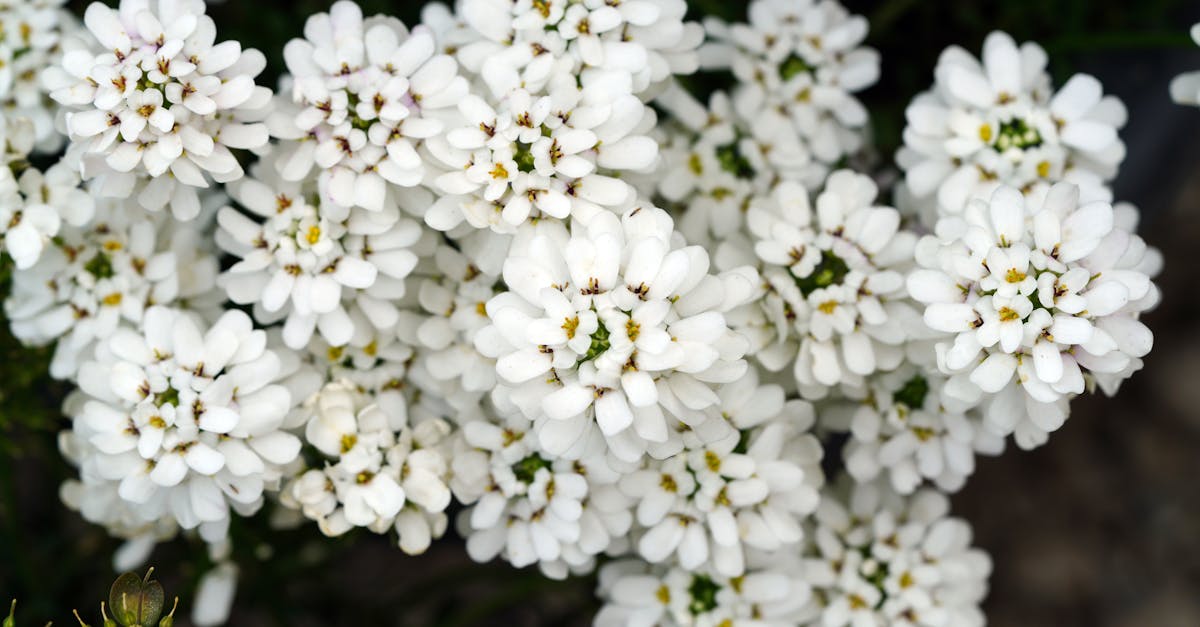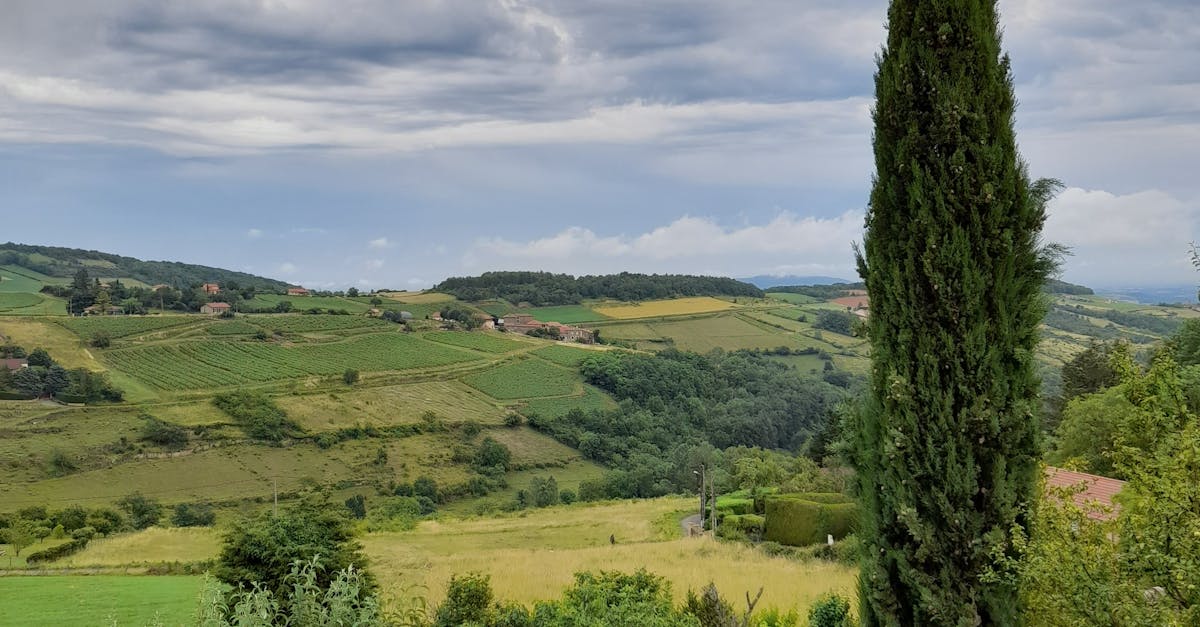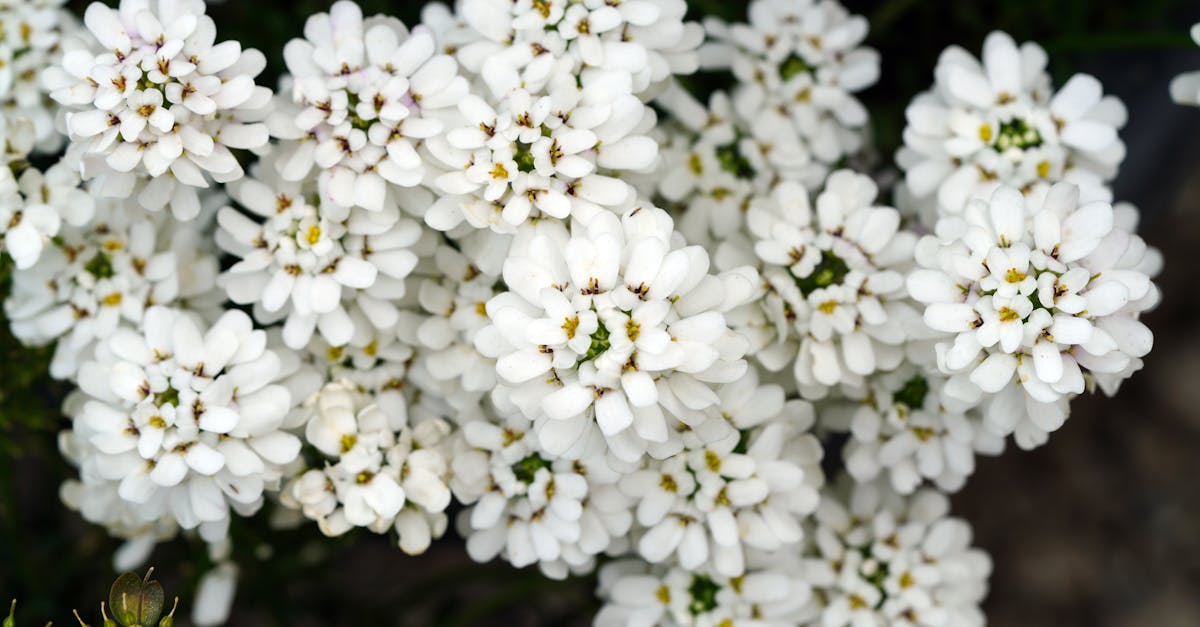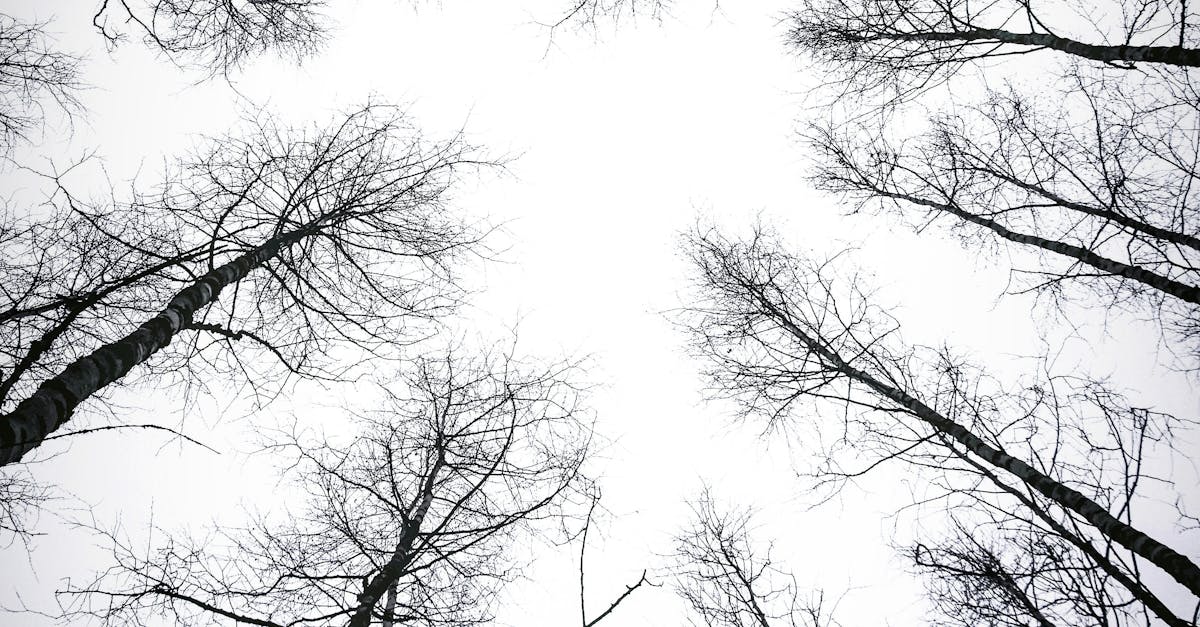A Journey from Seedling to Miniature Masterpiece

The European spruce (Picea abies) is a popular choice for bonsai due to its adaptability, resilience, and attractive foliage. Transforming a European spruce into a bonsai is a rewarding journey that requires careful selection, shaping, wiring, branch development, and maintenance. This comprehensive guide will lead you through each step of the process, providing you with the knowledge and techniques to create a stunning European spruce bonsai that will bring years of enjoyment.
Before embarking on this journey, it is important to understand the unique characteristics of the European spruce that make it suitable for bonsai. These trees have a dense, compact growth habit, making them ideal for creating miniature landscapes. Their foliage is evergreen, providing year-round interest, and their bark develops beautiful fissures and patterns as they age, adding character to the bonsai. With proper care and attention, a European spruce bonsai can become a living work of art that embodies the harmony between nature and human creativity.
The first step in creating a European spruce bonsai is selecting the right tree. Consider factors such as age, size, root structure, and overall vigor. Young trees are more flexible and easier to shape, while mature trees have a more established character. The size of the tree should be proportionate to the size of the pot you intend to use. A healthy root system is essential for the long-term health of the bonsai, so carefully examine the roots before making a selection.
1. Selecting the Right European Spruce for Bonsai
Age and Size: Younger trees are more flexible and adaptable, making them easier to shape and train into the desired bonsai form. However, mature trees have a more established character and can provide a unique starting point for those with experience. The size of the tree should be proportionate to the size of the pot you intend to use. A good rule of thumb is to choose a tree that is about one-third the height of the pot.
Root Structure: The root system of the tree is essential for its long-term health and stability. When selecting a tree, carefully examine the roots to ensure they are healthy and well-developed. Avoid trees with damaged or circling roots. A strong root system will provide a solid foundation for your bonsai and allow it to withstand the stresses of training and shaping.
Overall Vigor: The overall vigor of the tree is a good indicator of its health and vitality. Look for trees with healthy foliage, strong growth, and no signs of pests or diseases. A vigorous tree is more likely to withstand the rigors of bonsai cultivation and thrive in its new environment.
Age and Size Considerations
Age and Size Considerations
When selecting a European spruce for bonsai, one of the first considerations is whether to choose a young or a mature tree. Both young and mature trees have their own advantages and disadvantages, and the best choice depends on your individual preferences and experience level.
Young trees are more flexible and adaptable, making them easier to shape and train into the desired bonsai form. They also have a longer lifespan, giving you more time to enjoy your bonsai. However, young trees are also more delicate and require more care and attention. They are more susceptible to pests and diseases, and they may not be able to withstand the rigors of training and shaping as well as mature trees.
Mature trees have a more established character and can provide a unique starting point for those with experience. They are also more resilient and can better withstand the stresses of training and shaping. However, mature trees can be more difficult to find, and they may be more expensive than young trees. Additionally, their larger size may make them more difficult to work with, especially if you are new to bonsai.
Selecting the Optimal Size
The size of the tree you choose should be proportionate to the size of the pot you intend to use. A good rule of thumb is to choose a tree that is about one-third the height of the pot. This will give the tree enough room to grow and develop, while still maintaining a balanced and aesthetically pleasing appearance.
Ultimately, the best way to choose the right tree for your bonsai is to visit a local nursery or bonsai専門店 (bonsai specialty shop) and see the trees in person. This will allow you to assess their health, vigor, and overall appearance, and make an informed decision about which tree is right for you.
Assessing Root Structure and Vigor
Assessing Root Structure and Vigor
The root system of a tree is essential for its long-term health and stability. When selecting a European spruce for bonsai, it is important to carefully examine the roots to ensure they are healthy and well-developed. Avoid trees with damaged or circling roots. A strong root system will provide a solid foundation for your bonsai and allow it to withstand the stresses of training and shaping.
Examining Root Health
To examine the root health of a tree, gently remove it from its pot and inspect the roots. Healthy roots should be white or light brown in color and firm to the touch. Avoid trees with roots that are black, mushy, or have a foul odor. These are signs of root rot or other problems that could affect the health of the tree.
Ensuring a Strong Foundation
A strong root system is essential for a healthy bonsai. When planting your tree, be sure to use a well-draining soil mix and a pot with drainage holes. This will help to prevent the roots from becoming waterlogged and rotting. You should also fertilize your tree regularly to provide it with the nutrients it needs to grow and develop strong roots.
Evaluating Overall Vitality
The overall vitality of a tree is a good indicator of its health and vigor. Look for trees with healthy foliage, strong growth, and no signs of pests or diseases. A vigorous tree is more likely to withstand the rigors of bonsai cultivation and thrive in its new environment.
2. Shaping Techniques for European Spruce Bonsai
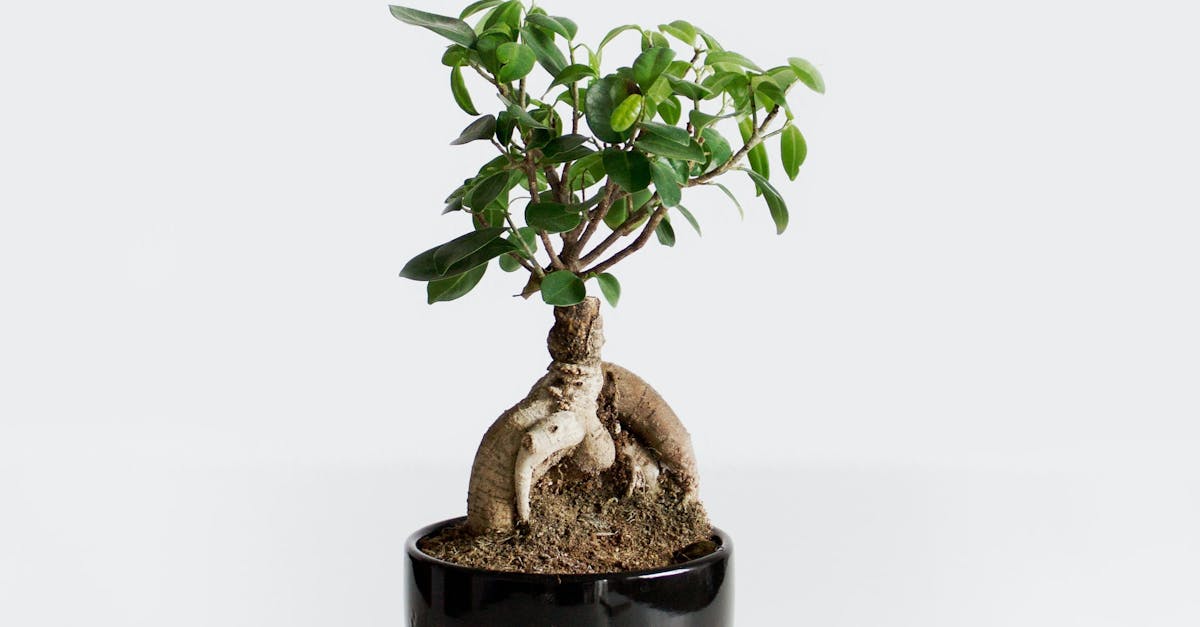
Shaping Techniques for European Spruce Bonsai
Once you have selected a healthy European spruce for your bonsai, you can begin shaping it into the desired form. There are a variety of shaping techniques that can be used on European spruce bonsai, including pruning, pinching, and bending. Each technique has its own purpose and effect, and by combining these techniques, you can create a unique and beautiful bonsai.
Pruning
Pruning is one of the most important shaping techniques for bonsai. It involves removing branches and leaves to create the desired shape and structure. Pruning can be used to reduce the size of the tree, create open spaces, and promote new growth. When pruning European spruce bonsai, it is important to use sharp, clean shears to make precise cuts. Avoid cutting too close to the trunk, as this can damage the tree.
Pinching
Pinching is a technique that involves removing the tips of new shoots. This encourages the tree to produce more branches and leaves, resulting in a denser, more refined appearance. Pinching is often used on the new growth of European spruce bonsai to create a more compact and ramified structure.
Bending
Bending is a technique that involves carefully bending branches into the desired position. This can be used to create curves, angles, and other shapes in the tree. Bending should be done gradually over time, to avoid damaging the branches. You can use wire or other materials to help hold the branches in place while they are bending.
Pruning for Structure and Form
Pruning is one of the most important shaping techniques for bonsai. It involves removing branches and leaves to create the desired shape and structure. Pruning can be used to reduce the size of the tree, create open spaces, and promote new growth.
When pruning European spruce bonsai, it is important to use sharp, clean shears to make precise cuts. Avoid cutting too close to the trunk, as this can damage the tree. There are a few basic principles to keep in mind when pruning for structure and form:
- Balance: When pruning, it is important to consider the overall balance of the tree. Remove branches that are too long or out of proportion with the rest of the tree. You should also try to create a sense of movement and flow in the tree’s branches.
- Form: The shape of your bonsai is ultimately up to you, but there are a few classic forms that are often used. These include the upright form, the informal upright form, the slant form, and the cascade form. When choosing a form for your tree, consider the natural growth habit of the species and the size and shape of the pot you are using.
- Aesthetics: Pruning should also be used to enhance the aesthetic appeal of your bonsai. Remove any dead or diseased branches, as well as any branches that are crossing or rubbing against each other. You should also try to create a sense of depth and interest in the tree by varying the length and thickness of the branches.
Pinching for Refinement
Pinching for Refinement
Pinching is a technique that involves removing the tips of new shoots. This encourages the tree to produce more branches and leaves, resulting in a denser, more refined appearance. Pinching is often used on the new growth of European spruce bonsai to create a more compact and ramified structure.
To pinch a shoot, simply use your fingers or a pair of sharp scissors to remove the tip of the shoot, just above a set of leaves. You can pinch back new shoots as soon as they emerge, or you can wait until they have grown a few inches long. Pinching back new shoots will also help to control the size of the tree and prevent it from becoming too leggy.
Pinching is a relatively simple technique, but it can have a significant impact on the appearance of your bonsai. By pinching back new shoots, you can encourage the tree to produce more branches and leaves, resulting in a denser, more refined appearance.
Bending for Grace and Movement
Bending for Grace and Movement
Bending is a technique that involves carefully bending branches into the desired position. This can be used to create curves, angles, and other shapes in the tree. Bending should be done gradually over time, to avoid damaging the branches. You can use wire or other materials to help hold the branches in place while they are bending.
When bending branches, it is important to consider the natural growth habit of the tree. Avoid bending branches in a way that is unnatural or that could damage the tree. You should also consider the overall balance and shape of the tree when bending branches.
Bending can be used to create a variety of different effects in your bonsai. For example, you can use bending to create graceful curves in the branches, or to add movement and depth to the tree. Bending can also be used to create the illusion of age and maturity in a young tree.
3. Wiring Methods for European Spruce Bonsai
Wiring is a technique that involves using wire to train branches and maintain the desired shape. Wiring can be used to correct the growth direction of branches, to create curves and bends, and to hold branches in place while they are healing. Wiring should be done carefully to avoid damaging the branches.
Choosing the Right Wire
The type of wire you use will depend on the size and thickness of the branches you are wiring. For small branches, you can use thin wire, such as copper or aluminum wire. For larger branches, you will need to use thicker wire, such as steel wire.
Proper Wiring Techniques
To wire a branch, first wrap the wire around the base of the branch, just below the point where it emerges from the trunk. Then, wrap the wire up the branch, making sure to keep the wire tight but not too tight. You can use a pair of pliers to help you tighten the wire.
Once the wire is in place, you can use it to bend the branch into the desired position. Be careful not to bend the branch too far, as this could damage the branch.
Timing and Removal of Wires
Wires should be removed once the branches have set in their new position. This usually takes a few months. To remove the wire, simply unwind it from the branch. Be careful not to damage the branch when removing the wire.
Choosing the Right Wire
Choosing the Right Wire
The type of wire you use for wiring your bonsai will depend on the size and thickness of the branches you are wiring. For small branches, you can use thin wire, such as copper or aluminum wire. For larger branches, you will need to use thicker wire, such as steel wire.
Copper wire is a good choice for wiring small branches because it is soft and easy to work with. However, copper wire can also be expensive. Aluminum wire is another good choice for wiring small branches. It is less expensive than copper wire, but it is also softer and more difficult to work with.
Steel wire is a good choice for wiring larger branches because it is strong and durable. However, steel wire can also be more difficult to work with than copper or aluminum wire. It is important to choose the right type of wire for the job. Using the wrong type of wire can damage the branches of your bonsai.
Here are some additional tips for choosing the right wire:
- The wire should be strong enough to hold the branches in place, but not so strong that it damages the branches.
- The wire should be flexible enough to be easy to work with, but not so flexible that it does not hold the branches in place.
- The wire should be the right size for the branches you are wiring. Using wire that is too small will not be strong enough to hold the branches in place, and using wire that is too large will be difficult to work with and may damage the branches.
Proper Wiring Techniques
Proper Wiring Techniques
Once you have chosen the right wire for your bonsai, it is important to use proper wiring techniques to avoid damaging the tree and to ensure that the wire is effective. Here are some fundamental techniques for wiring branches:
- Start by wrapping the wire around the base of the branch, just below the point where it emerges from the trunk. This will help to secure the wire and prevent it from slipping off the branch.
- Wrap the wire up the branch, making sure to keep the wire tight but not too tight. You can use a pair of pliers to help you tighten the wire.
- When you reach the end of the branch, wrap the wire around the tip of the branch and then back down the branch. This will help to secure the wire and prevent it from coming loose.
- Once the wire is in place, you can use it to bend the branch into the desired position. Be careful not to bend the branch too far, as this could damage the branch.
- Once the branch is in the desired position, secure the wire by wrapping it around the trunk of the tree. This will help to keep the wire in place and prevent it from moving.
- When wiring branches, it is important to avoid damaging the bark of the tree. You can do this by wrapping the wire carefully and by avoiding using too much force.
Timing and Removal of Wires
Timing and Removal of Wires
The timing of wiring and wire removal is important to prevent damage to the tree. Wires should be removed once the branches have set in their new position. This usually takes a few months. To remove the wire, simply unwind it from the branch. Be careful not to damage the branch when removing the wire.
If the wire is left on the branch for too long, it can start to cut into the bark of the tree. This can cause scarring and damage the tree. It is also important to remove the wire before the branch starts to grow too thick. If the wire is not removed, it can become embedded in the branch and difficult to remove.
Here are some tips for timing and removing wires:
- Check the wires regularly to make sure they are not cutting into the bark of the tree.
- Remove the wires once the branches have set in their new position.
- Be careful not to damage the branch when removing the wire.
- If the wire is difficult to remove, you can use a pair of wire cutters to cut it.
4. Branch Development for European Spruce Bonsai

Branch Development for European Spruce Bonsai
Promoting healthy branch growth, ramification, and taper is essential for creating an aesthetically pleasing European spruce bonsai. Here are a few techniques you can use to encourage proper branch development:
Encouraging New Growth and Ramification
To encourage new growth and ramification, you can use techniques like pruning and defoliation. Pruning involves removing branches or parts of branches to promote new growth. Defoliation involves removing leaves from the tree to encourage the growth of new shoots. Both of these techniques can help to create a more dense and ramified branching structure.
Achieving Taper and Balance
Taper refers to the gradual reduction in the thickness of branches from the trunk to the tips. To achieve taper, you can use techniques like pinching and bending. Pinching involves removing the tips of new shoots to encourage the growth of side shoots. Bending involves carefully bending branches to create curves and angles. Both of these techniques can help to create a more balanced and aesthetically pleasing tree.
Maintaining Healthy Branches
In addition to pruning, defoliation, pinching, and bending, there are a few other things you can do to maintain healthy branches on your European spruce bonsai. These include:
- Fertilizing regularly to provide your tree with the nutrients it needs to grow and develop.
- Watering regularly to keep your tree hydrated.
- Protecting your tree from pests and diseases.
Encouraging New Growth and Ramification
Encouraging New Growth and Ramification
To encourage new growth and ramification on your European spruce bonsai, you can use techniques like pruning and defoliation. Pruning involves removing branches or parts of branches to promote new growth. Defoliation involves removing leaves from the tree to encourage the growth of new shoots. Both of these techniques can help to create a more dense and ramified branching structure.
Pruning
When pruning your European spruce bonsai, it is important to make precise cuts using sharp tools. Avoid leaving stubs, as these can die back and create an entry point for pests and diseases. There are several different types of pruning cuts that you can use, depending on the desired outcome. For example, you can use a heading cut to remove the entire branch back to a bud or a lateral branch. You can also use a thinning cut to remove a branch back to its point of origin on the trunk or a larger branch.
Defoliation
Defoliation involves removing leaves from your European spruce bonsai. This can be done by hand or by using a defoliation tool. Defoliation can help to promote the growth of new shoots and can also help to reduce the size of the leaves. When defoliating your tree, it is important to remove only a portion of the leaves, as removing too many leaves can weaken the tree.
Achieving Taper and Balance
Achieving Taper and Balance
Taper refers to the gradual reduction in the thickness of branches from the trunk to the tips. To achieve taper on your European spruce bonsai, you can use techniques like pinching and bending. Pinching involves removing the tips of new shoots to encourage the growth of side shoots. Bending involves carefully bending branches to create curves and angles. Both of these techniques can help to create a more balanced and aesthetically pleasing tree.
Pinching
Pinching is a technique that involves removing the tips of new shoots. This encourages the growth of side shoots, which can help to create a more dense and ramified branching structure. Pinching can also be used to control the length of branches and to encourage the growth of new shoots in specific areas of the tree.
Bending
Bending is a technique that involves carefully bending branches to create curves and angles. This can be used to create a more visually interesting and dynamic bonsai. Bending can also be used to correct the growth direction of branches and to create the desired taper. When bending branches, it is important to do so gradually over time to avoid damaging the tree.
5. Maintenance Tips for a Thriving European Spruce Bonsai
Maintenance Tips for a Thriving European Spruce Bonsai
To ensure the long-term health and vitality of your European spruce bonsai, it is important to provide it with proper care. This includes watering, fertilizing, repotting, and pest management.
Watering
European spruce bonsai need to be watered regularly, especially during the growing season. The soil should be kept moist but not soggy. Avoid overwatering, as this can lead to root rot. The best way to water your bonsai is to use a watering can with a fine nozzle. This will help to evenly distribute the water and avoid damaging the roots.
Fertilizing
European spruce bonsai need to be fertilized regularly to provide them with the nutrients they need to grow and develop. A balanced fertilizer that is diluted to half strength can be used. Fertilize your bonsai every two to four weeks during the growing season.
Repotting
European spruce bonsai need to be repotted every two to three years. This will help to refresh the soil and prevent the roots from becoming pot-bound. When repotting your bonsai, use a well-draining bonsai soil mix. You should also prune the roots to encourage new growth.
Pest Management
European spruce bonsai can be susceptible to a variety of pests, including aphids, scale, and spider mites. These pests can damage the leaves, stems, and roots of your bonsai. To control pests, you can use a variety of methods, such as insecticidal soap, neem oil, or horticultural oil.
Watering and Fertilizing
Watering and Fertilizing
Watering and fertilizing are two essential aspects of bonsai care. Watering provides your bonsai with the moisture it needs to survive and grow, while fertilizing provides it with the nutrients it needs to thrive. Here are some guidelines on watering and fertilizing your European spruce bonsai:
Watering
European spruce bonsai need to be watered regularly, especially during the growing season. The soil should be kept moist but not soggy. Avoid overwatering, as this can lead to root rot. The best way to water your bonsai is to use a watering can with a fine nozzle. This will help to evenly distribute the water and avoid damaging the roots.
Fertilizing
European spruce bonsai need to be fertilized regularly to provide them with the nutrients they need to grow and develop. A balanced fertilizer that is diluted to half strength can be used. Fertilize your bonsai every two to four weeks during the growing season.
Repotting and Root Care
Repotting and Root Care
Repotting is an important part of bonsai care. It allows you to refresh the soil, prune the roots, and check the health of the root system. European spruce bonsai need to be repotted every two to three years. The best time to repot is in the spring or fall, when the tree is not actively growing.
When repotting your bonsai, use a well-draining bonsai soil mix. You should also prune the roots to encourage new growth. To prune the roots, use a sharp knife or scissors to remove any dead or damaged roots. You should also trim back any roots that are too long or thick.
After repotting your bonsai, water it thoroughly and place it in a shady spot for a few days. This will help the tree to recover from the repotting process.
Pest and Disease Management
Pest and Disease Management
European spruce bonsai can be susceptible to a variety of pests and diseases. Some of the most common pests include aphids, scale, and spider mites. These pests can damage the leaves, stems, and roots of your bonsai. Some of the most common diseases include root rot, needle blight, and canker. These diseases can cause your bonsai to decline and eventually die.
To prevent pests and diseases, it is important to keep your bonsai healthy and vigorous. This means providing it with the proper care, including watering, fertilizing, and repotting. You should also inspect your bonsai regularly for signs of pests or diseases. If you find any pests or diseases, you should treat them immediately.
There are a variety of methods that can be used to treat pests and diseases on European spruce bonsai. These methods include using insecticidal soap, neem oil, or horticultural oil. You can also use fungicides to treat diseases.
Q: How often should I water my European spruce bonsai?
A: European spruce bonsai need to be watered regularly, especially during the growing season. The soil should be kept moist but not soggy. Avoid overwatering, as this can lead to root rot.
Q: How often should I fertilize my European spruce bonsai?
A: European spruce bonsai need to be fertilized regularly to provide them with the nutrients they need to grow and develop. A balanced fertilizer that is diluted to half strength can be used. Fertilize your bonsai every two to four weeks during the growing season.
Q: How often should I repot my European spruce bonsai?
A: European spruce bonsai need to be repotted every two to three years. The best time to repot is in the spring or fall, when the tree is not actively growing.
Q: What are some common pests that affect European spruce bonsai?
A: Some of the most common pests that affect European spruce bonsai include aphids, scale, and spider mites.
Q: What are some common diseases that affect European spruce bonsai?
A: Some of the most common diseases that affect European spruce bonsai include root rot, needle blight, and canker.

